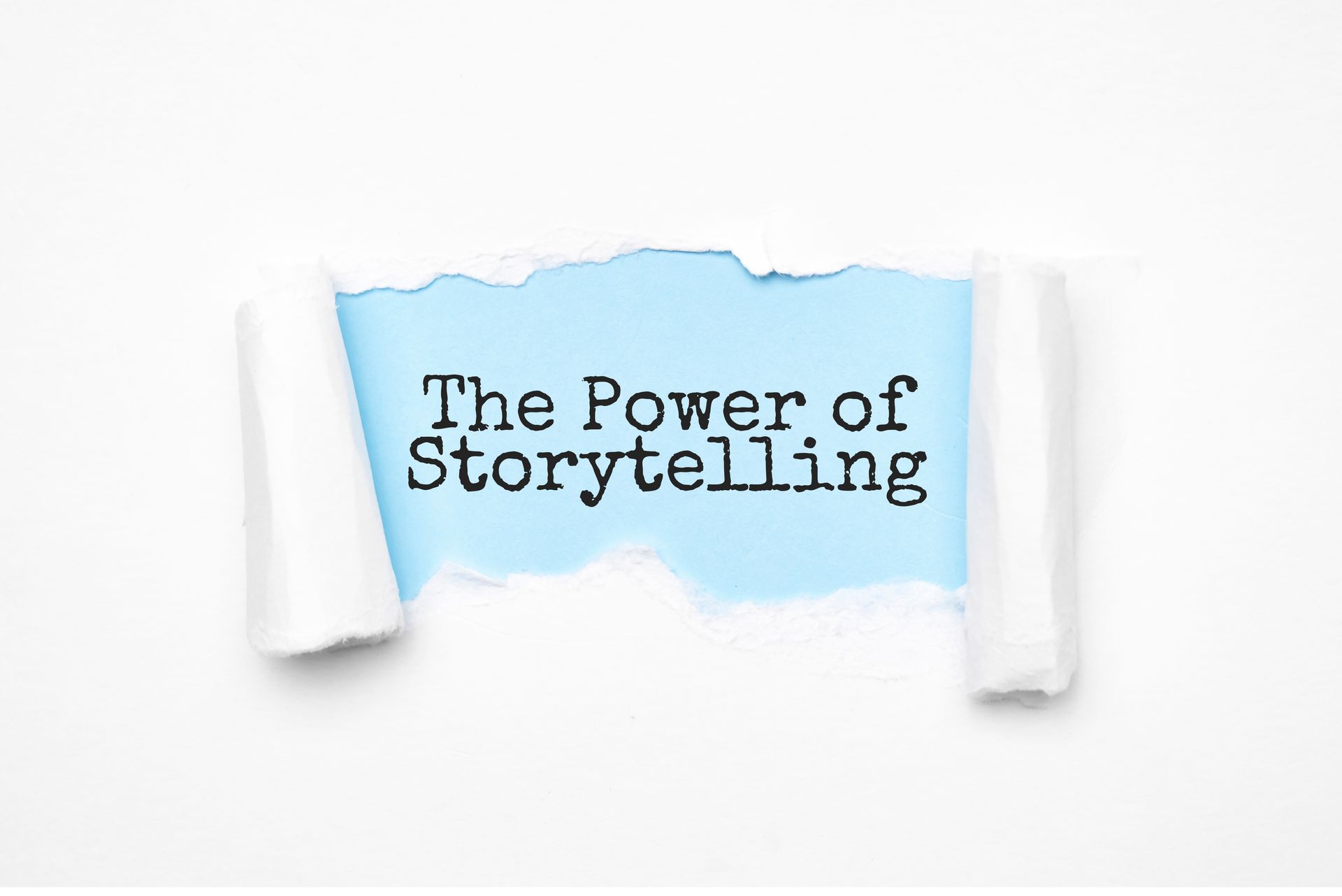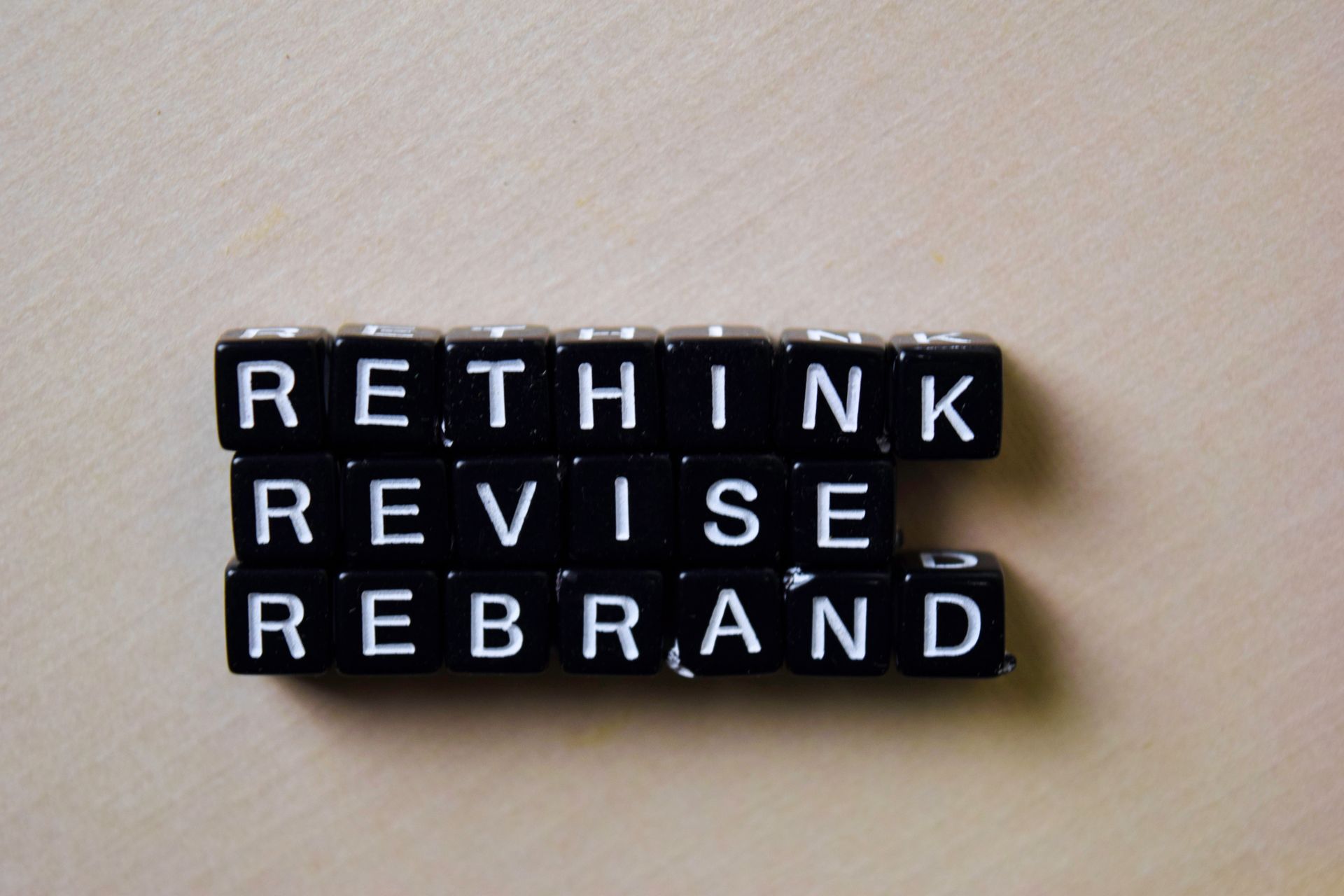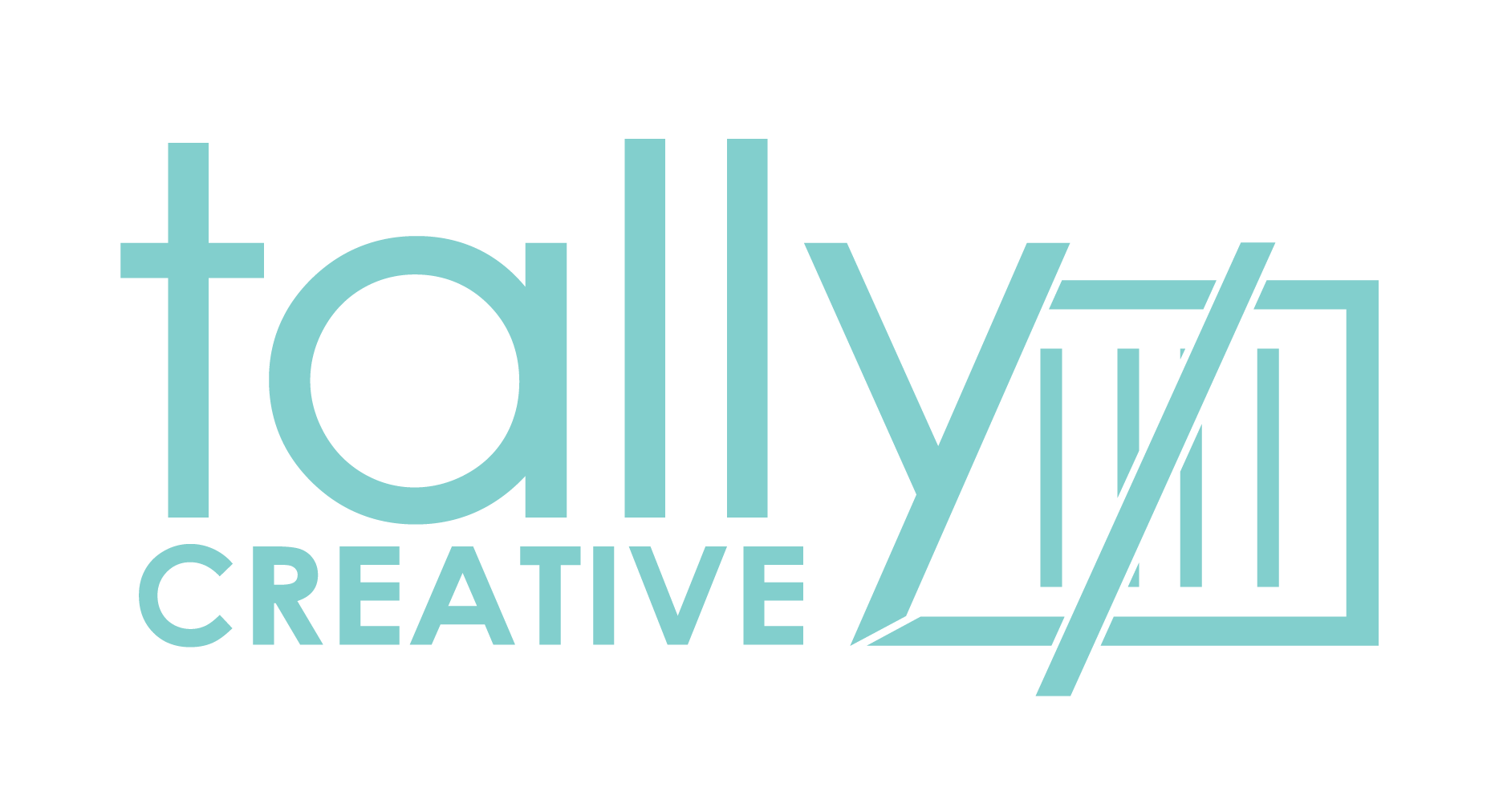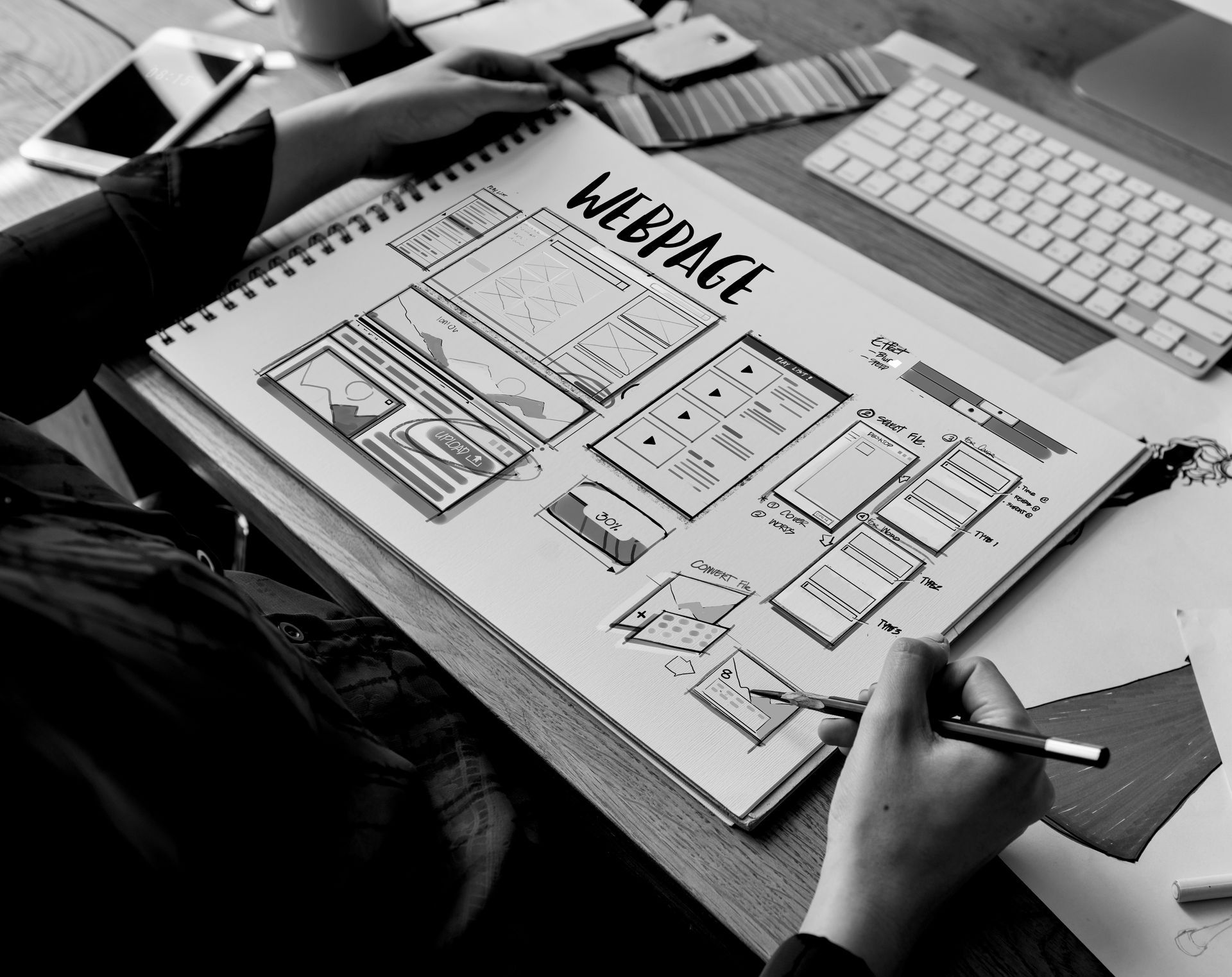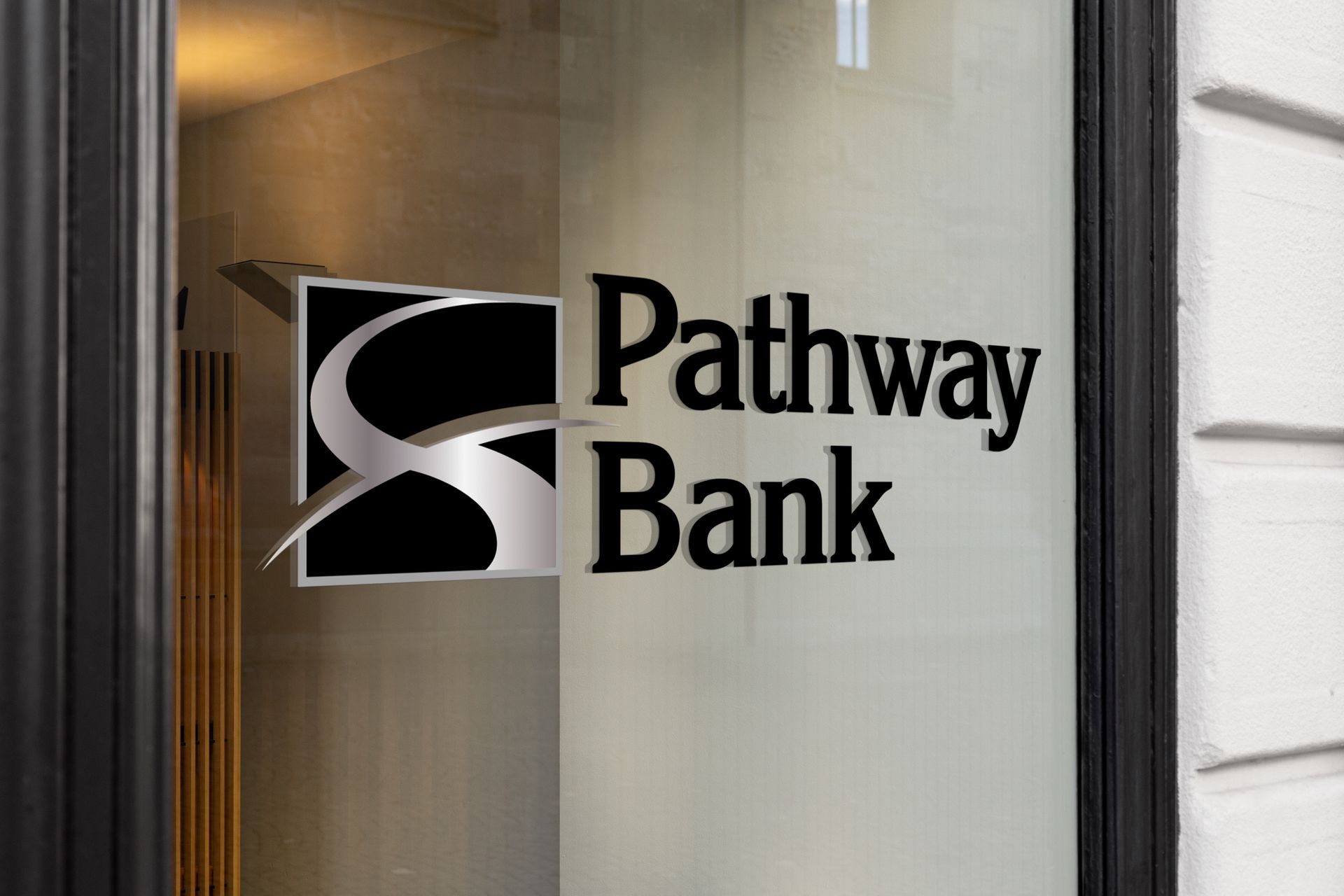Decoding the Power of Logos: The Psychology Behind Effective Brand Identity
Decoding the Power of Logos: The Psychology Behind Effective Brand Identity
In the vast landscape of brand identities, logos serve as the face of a company, carrying immense power to evoke emotions, convey messages, and leave lasting impressions. Behind every iconic logo lies a thoughtful design intertwined with psychology, aiming to resonate with audiences on a subconscious level. Let's delve into the psychology behind effective brand logos and how they influence consumer perceptions.
The Essence of a Logo
A logo serves as the visual encapsulation of a brand's soul, transcending mere aesthetics to become the very essence of its identity. Beyond a graphic symbol, it represents the ethos, values, and aspirations a brand stands for, forging an emotional connection with consumers. It is the cornerstone of brand recognition, instantly invoking trust, reliability, or excitement and leaving an indelible mark in the minds of individuals. A well-crafted logo not only distinguishes a brand in a crowded market but also acts as a vessel for memories and experiences, nurturing a sense of familiarity and loyalty. As brands evolve, so does their logo, adapting to changing times while retaining the core elements that make it timeless. Ultimately, a logo isn't just a design; it's the embodiment of a brand's narrative, fostering lasting impressions and building an enduring legacy.
The Psychological Impact of Logos
1. Shapes and Symbols:
- Curves vs. Angles: Curved lines and shapes often evoke feelings of comfort, warmth, and approachability, while angular designs convey strength, professionalism, and efficiency.
- Geometric Patterns: Circles signify unity, community, and wholeness, while triangles symbolize stability, progress, and ambition.
2. Color Psychology:
- Red: Often associated with passion, energy, and excitement, invoking urgency or boldness.
- Blue: Signifying trust, reliability, and professionalism, often used by tech and financial brands.
- Yellow: Energetic and optimistic, representing warmth, friendliness, and creativity.
- Green: Linked with growth, health, and nature, commonly seen in eco-friendly or health-related brands.
3. Typography and Fonts:
- Serif vs. Sans-serif: Serif fonts convey tradition, reliability, and sophistication, while sans-serif fonts evoke modernity, simplicity, and cleanliness.
- Script Fonts: Often used to showcase elegance, creativity, and personalization.
The Impact of Perception on Brand Logos
1. Recognition and Recall:
- Logos that are simple yet distinctive are more likely to be recognized and remembered by consumers, fostering brand recall.
2. Emotional Connection:
- A well-crafted logo can evoke emotions, creating a deeper connection between consumers and brands. Emotions associated with a logo influence how consumers perceive and interact with the brand.
Crafting a Memorable Logo
- Know Your Audience: Understanding your target demographic's preferences and psychology is crucial in designing a logo that resonates with them.
- Simplicity Is Key: Keep the design simple, as overly complex logos can be challenging to recall or understand.
- Versatility: Ensure the logo works well across various platforms, sizes, and mediums without losing its essence.
Conclusion
Behind every effective brand logo lies a fusion of artistry and psychology. By understanding the subconscious cues and emotional triggers associated with shapes, colors, and typography, designers craft logos that transcend mere visuals, leaving a lasting imprint in the minds of consumers. A well-designed logo not only represents a brand but becomes an integral part of its identity, fostering recognition, trust, and loyalty among its audience.
Our Work
